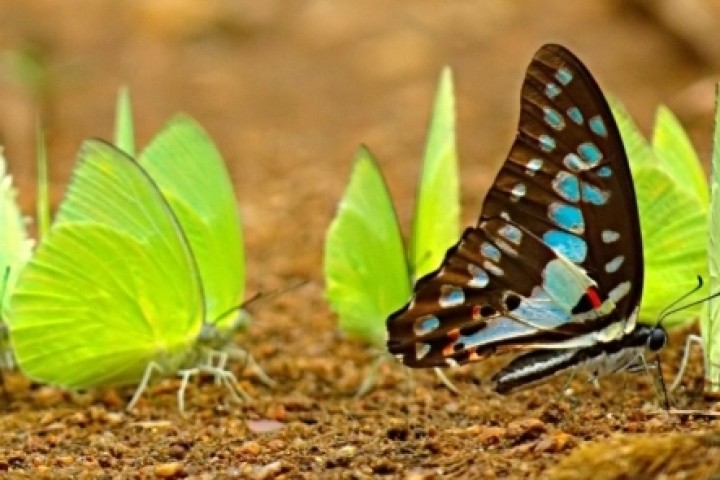Loss of biodiversity
It’s obvious that Humanity’s fate is tightly linked with biological diversity – the variety of life on earth. However, the depressing aspect of biodiversity is loss of a number of species. Did you know that more than 3 billion people depend on marine and coastal biodiversity, while over 1.6 billion people rely on forests and non-timber forest products for their livelihoods? There are several species that have already suffered irreversible consequences or are just about to do it:
• Three species disappear every hour Cloud forests are running out of frogs
- From 100 to 150 species disappear every day
- From 15.000 to 80.000 species disappear every year
The Adelie penguin, the polar bear population, the flycatcher, a species of bird, and up to 74 species of cloud forest frogs, are some examples of in danger species caused by climate change, decrease in food, global warming and so on.
These sad examples are just a small sample of how humans mistreat biodiversity. The IPCC says that 50% of all reported species have been negatively affected in recent years by climate change.
Protecting nature is both a moral and ethical issue. It goes without saying that we must preserve the planet's natural wonders for its own sake and for future generations, but if that is not a convincing enough argument for some people than the economic argument should be. It is in our own interest to conserve and restore them – otherwise we are just biting the hand that feeds us. And if we don't make those smart investments now to protect biodiversity and the healthy ecosystems around us, then we face even heavier bills later trying to restore what has been lost. Presentations of programs to preserve endangered species or habitats and Planting trees and other plants that help prevent erosion, are some beneficial ways to help biodiversity.

